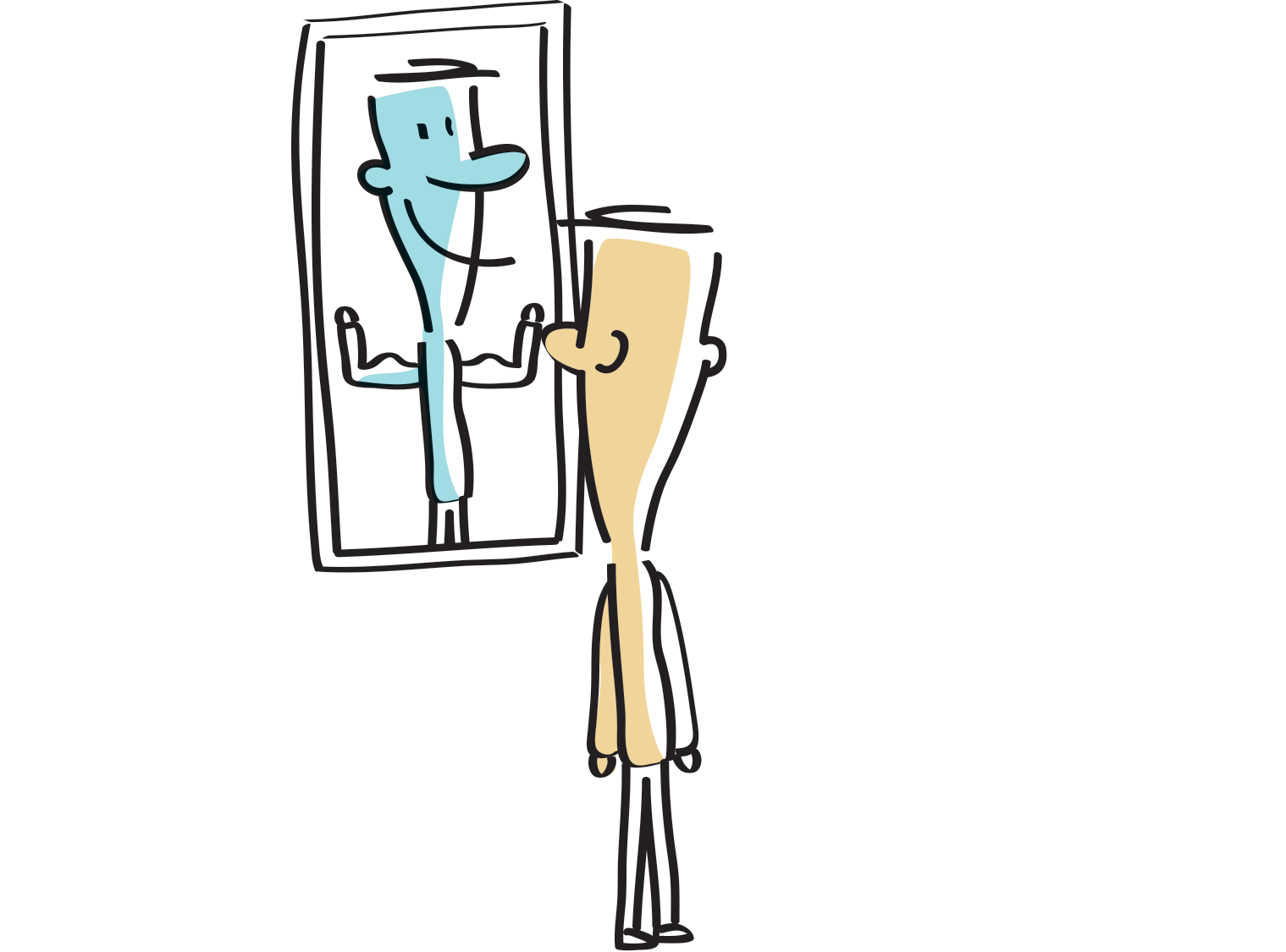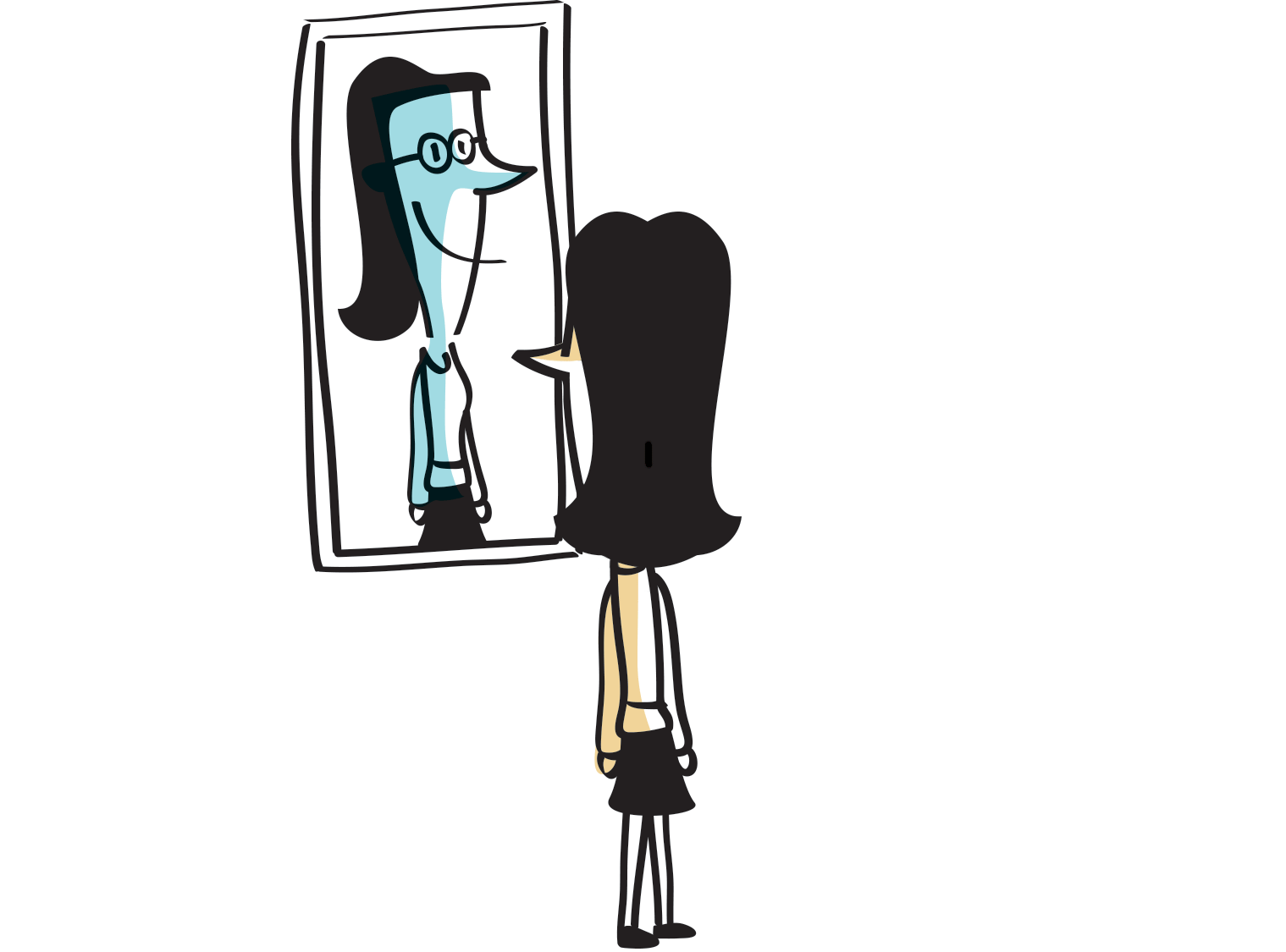Climbing Upward
Who are you, really? Looking to make a change, or move your career to the next level? Today’s job market is very competitive and social media provides you and employers alike with a lot of information about each other. Social media can help you land your dream job, or derail your search before it has even started. The choice is yours! What will employers and recruiters find out about you? HOO-R-U helps you determine the nuances of your online identity by evaluating how others might view you through social media.
94% of recruiters use or plan to use social media for recruiting
[Infinity Social Media]
49% of employers who use social media found improvement in candidate quality
[Infinity Social Media]
70% of recruiters plan to increase investment in social recruiting
[Infinity Social Media]
Can’t Ask That? Some Job Interviewers Go To Social Media Instead: NPR
ALL THINGS CONSIDERED, April 11, 2014
Many of Don Kluemper’s management students at the University of Illinois at Chicago have had this experience: After going on a job interview, they sometimes receive “friend” requests from their interviewers.
In a job interview, there are some things that aren’t immediately apparent to the interviewer: a candidate’s religion, marital status or sexual orientation. Employers are not allowed to ask about those things, by law. Many employers check social media profiles of prospective hires online, but doing so is raising questions for both employers and job applicants.
HOO-R-U can help support your professional goals.
You’ll be asked a series of questions. When you’re finished, you’ll be given scores on 5 dimensions of your online profile. The scores are based on how important each element of your profile is to you and only you. These scores, on a scale from 1-100, are calculated in a way that takes into account how you stack up compared to other people who have used HOO-R-U and are most similar to you in age, gender, education and social media usage
What we do online can strongly affect our offline lives in ways we never imagined. HOO-R-U tells you what you really are communicating about yourself and prods you to think about what you really want to project. We hope getting your HOO-R-U Profile becomes a regular activity for all the people who care and are concerned with the footprints they leave on social media. After all, those prints can live forever.
The Looking Glass Self
The methodology of the HOO-R-U Profile and Score is derived from the “looking glass self” social science model that is the foundation of the theory of self in sociology. It dates back to the early 20th century and is best captured by this curious statement:
“I am not who you think I am; I am not who I think I am; I am who I think, you think, I am” – Dr. Charles Horton Cooley (1902)
HOW IT WORKS
You’ll be asked a series of questions. When you’re finished, you’ll be given scores on 5 dimensions of your online profile. The scores are based on how important each element of your profile is to you and only you. These scores, on a scale from 1-100, are calculated in a way that takes into account how you stack up compared to other people who have used HOO-R-U and are most similar to you in age, gender, education and social media usage
WHY IT'S IMPORTANT
What we do online can strongly affect our offline lives in ways we never imagined. HOO-R-U tells you what you really are communicating about yourself and prods you to think about what you really want to project. We hope getting your HOO-R-U Profile becomes a regular activity for all the people who care and are concerned with the footprints they leave on social media. After all, those prints can live forever.
THE SCIENCE BEHIND IT
The Looking Glass Self
The methodology of the HOO-R-U Profile and Score is derived from the “looking glass self” social science model that is the foundation of the theory of self in sociology. It dates back to the early 20th century and is best captured by this curious statement:
“I am not who you think I am; I am not who I think I am; I am who I think, you think, I am” – Dr. Charles Horton Cooley (1902)







